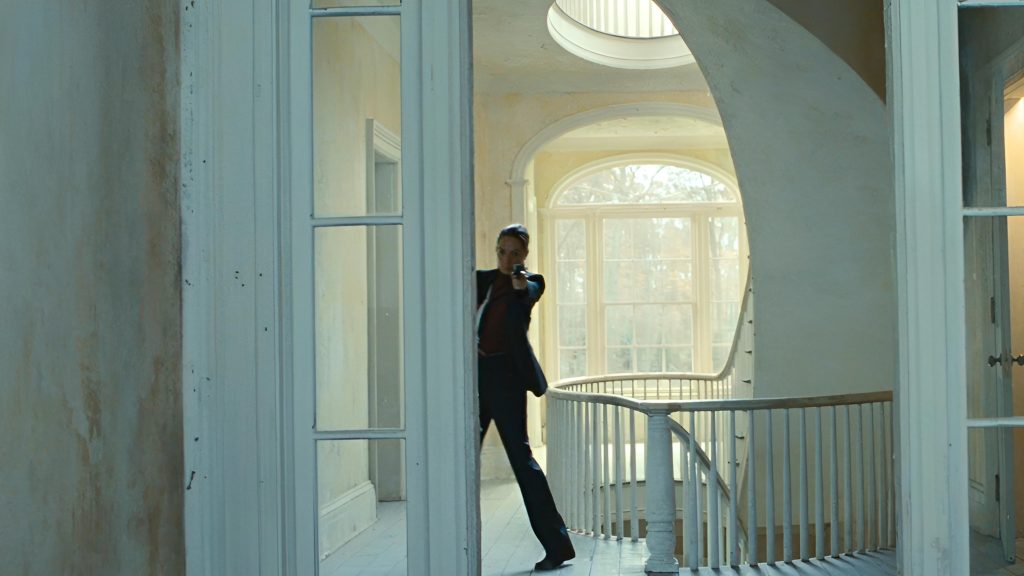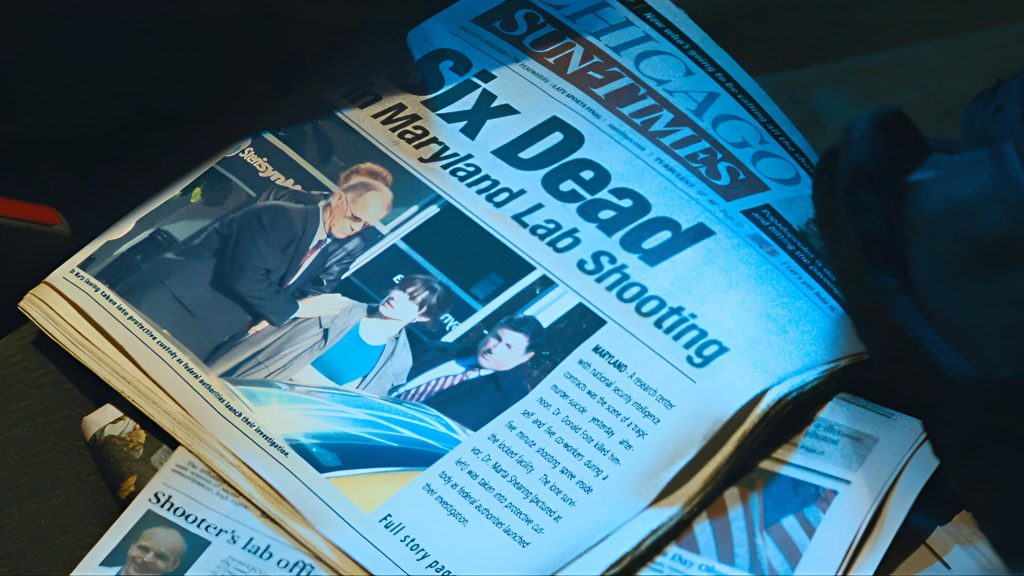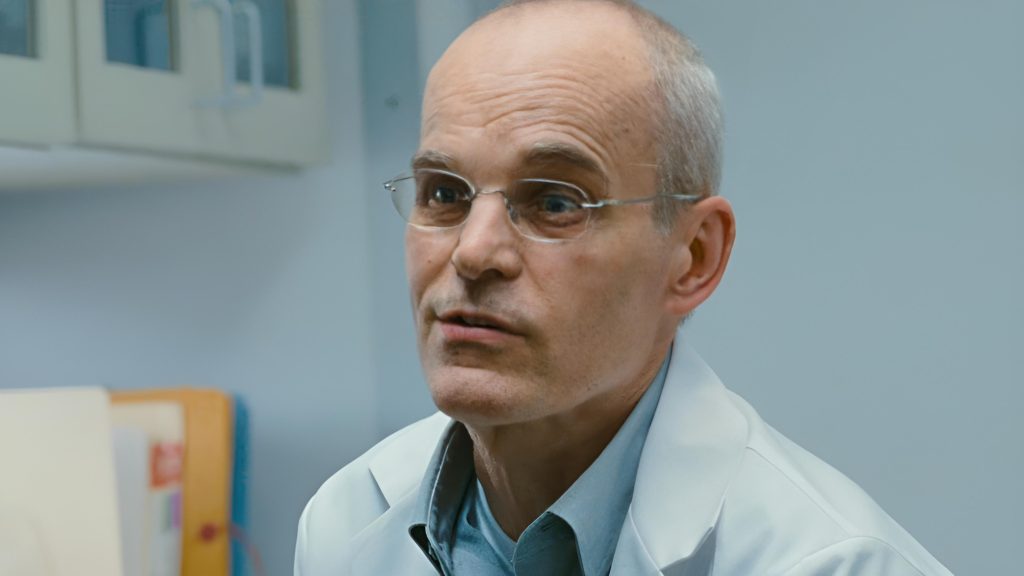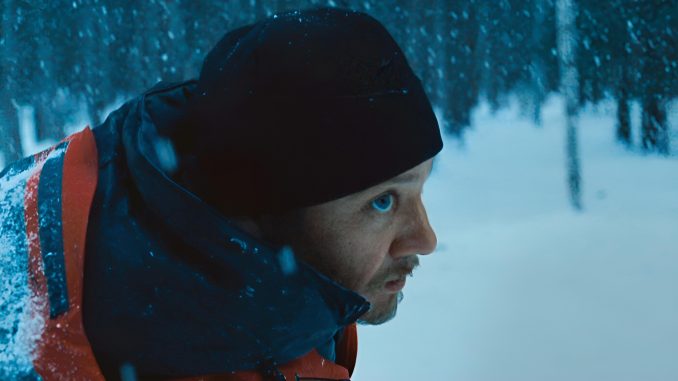
Meanwhile, in another movie.
The Bourne Legacy (2012): 7 out of 10: The Bourne Legacy is a strange film. Written and directed by the almost always solid Tony Gilroy, it’s got a superb cast (look for lots of House of Cards regulars) but, of course, it’s a Bourne movie without Matt Damon. Which immediately raises the question: why does it even exist?
Sure, The Bourne Legacy was met with a lukewarm response when it came out. Mostly because there’s no Matt Damon, and because it feels unnecessary. Taken on its own terms, however, The Bourne Legacy is a surprisingly entertaining movie. The writing is sharp; the action is solid, and, mercifully; the director keeps the camera still for once.
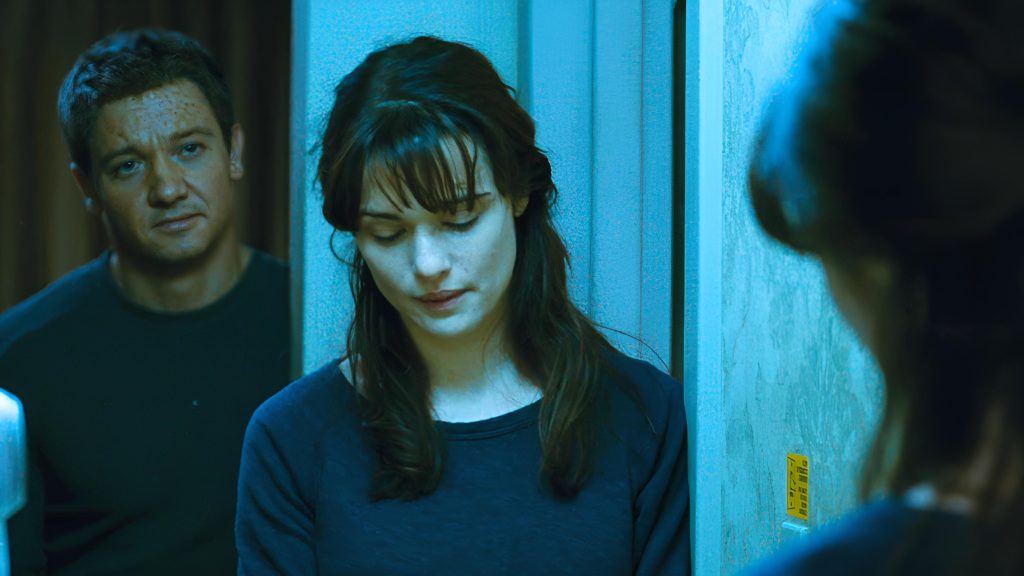
Of all the Bourne sequels and spinoffs (Supremacy, Ultimatum, Legacy, Jason Bourne) I really enjoyed this one the most. Maybe it is the steady camera work, the intelligent story twists, the location shooting, or the lack of Julia Stiles staring off into nothingness like a goldfish. For whatever rreason,this one landed for me.
It may not justify its existence, but it makes the most of it.

The Good
The Good: The Bourne Legacy surprises you by eventually becoming a pretty entertaining film. This is of course once it decides what movie it wants to be. The second half, set in the Philippines, is the clear highlight: lush, energetic, and shot with a clarity the franchise desperately needed after years of shaky-cam chaos. The rooftop chases and crowded-street sequences recall The Bourne Ultimatum’s best moments without feeling like pure imitation.
Jeremy Renner and Rachel Weisz both improve dramatically once the story leaves the gray snows of Virginia. Renner’s arc, where it is revealed that his intelligence depends on a pharmaceutical regimen and racing to keep from turning back into Of Mice and Men’s Lenny, gives the film an unexpectedly human and even funny dimension. It’s one of the most creative conceits in the series, and it works.
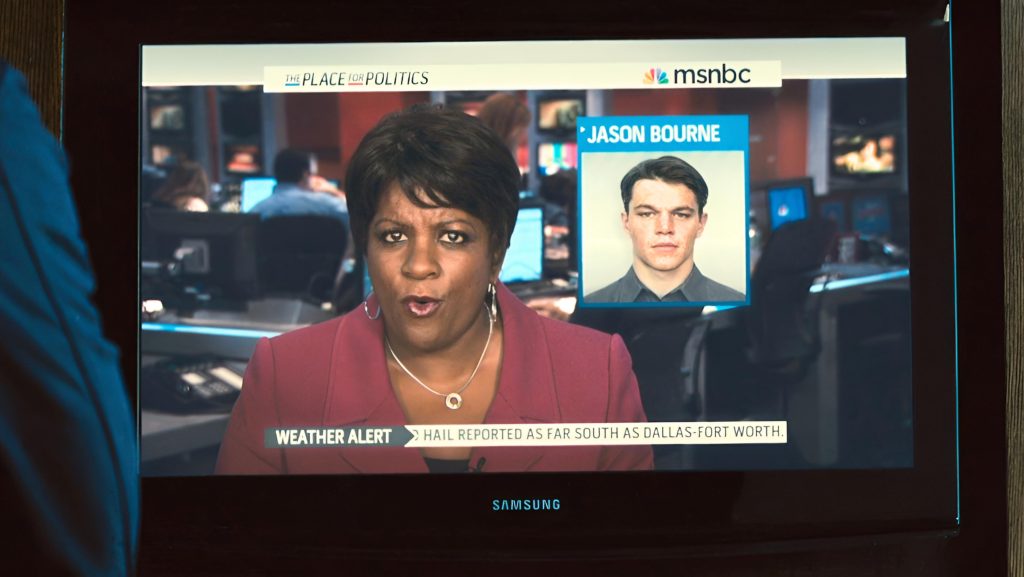
Tony Gilroy’s script also adds a welcome layer of realism: when the government cover-up hits the fan, the villains don’t start shooting people in boardrooms. They use the media to smear the heroes. It’s cynical, but it rings true.

The Bad
The Bad: The first half can be a slog. The story overlaps with the final half hour of The Bourne Ultimatum. It is a creative decision that makes the film feel like a spin-off pilot rather than a fresh entry. The early scenes in Alaska and the subsequent “kill all the operatives” purge (which might as well be titled Order 66: The Bureaucratic Edition) feel both overwrought and implausible.
It’s one of those movie world problems where you wonder who would ever join these black-ops programs if there’s a 60% chance of being executed during their next performance review. It works fine in Goodfellas or Casino, but not in a job with a dental plan.
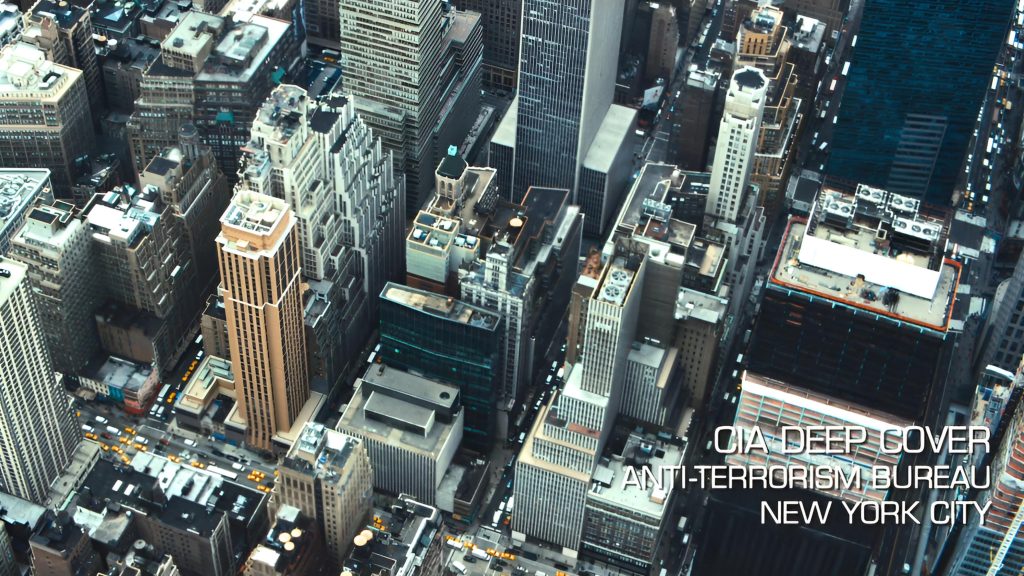
Even Rachel Weisz, usually a dependable performer, looks half-asleep during the first hour. There are a few solid suspense beats, particularly the lab massacre scene, but mostly it’s a grim, snow-covered trudge to get to the good stuff.

The Ugly
The Ugly: The film’s greatest flaw is existential: it doesn’t really need to exist. The Bourne Legacy doesn’t expand the mythos or offer any essential story within the universe. It’s just a very well made side quest. Remove the clever “Lenny intelligence drug” subplot and there’s not much left.
That said, it fixes a tonal misstep from Ultimatum. Where that film ended with congressional hearings and moral vindication, this one acknowledges that power protects itself, often through PR rather than bullets. It’s a cynical but grounded touch, and as I pointed out above, Gilroy earns some credit.

In Conclusion
In Conclusion: It’s not essential, but it’s far from disposable. The Bourne Legacy is an okay thriller movie rescued by an intriguing second act, strong performances, and rare action cinematography that lets you actually see what’s happening.
Not the film the series needed, but maybe the one the audience deserved after all that shaky cam.
